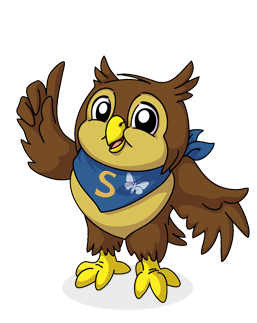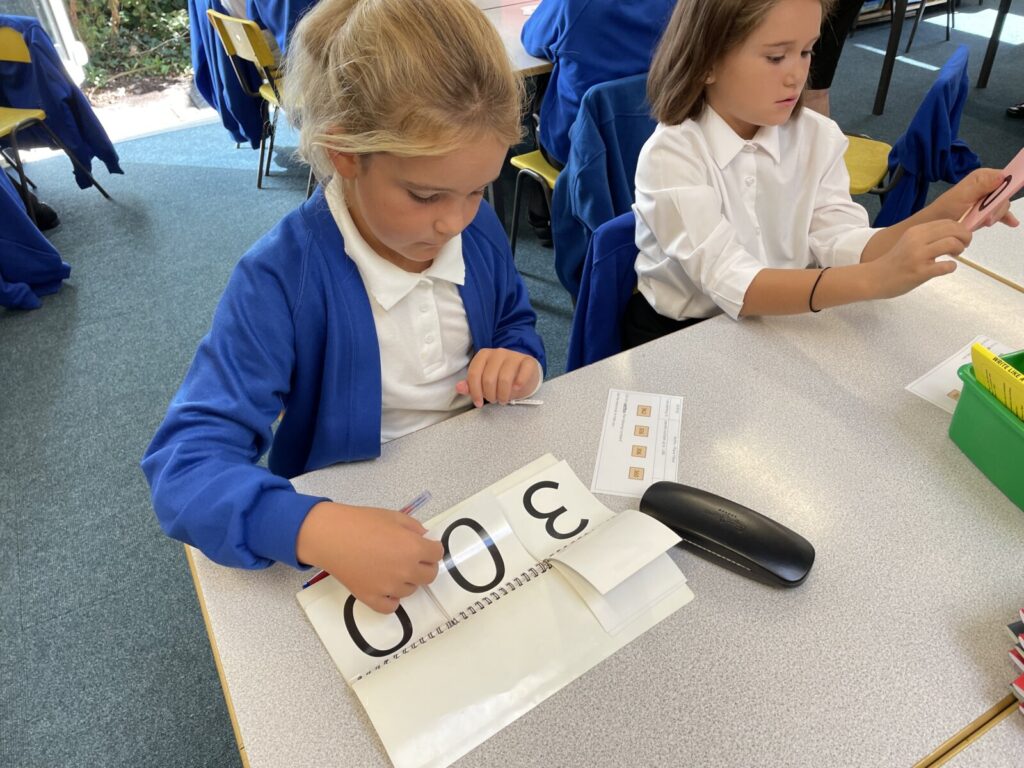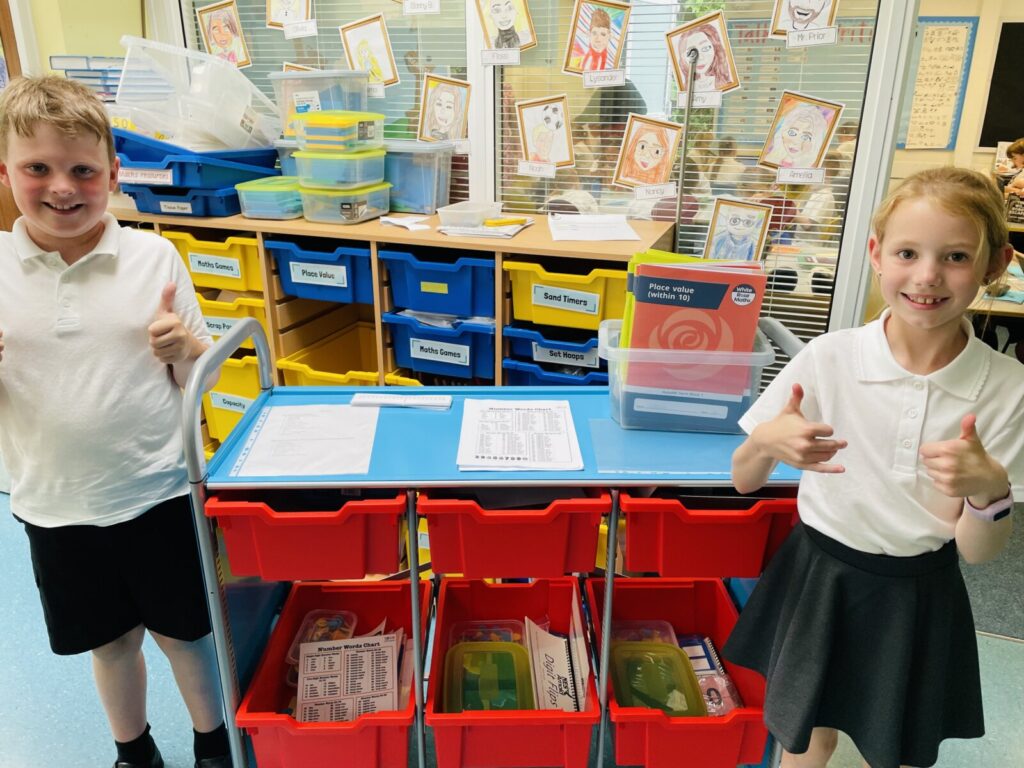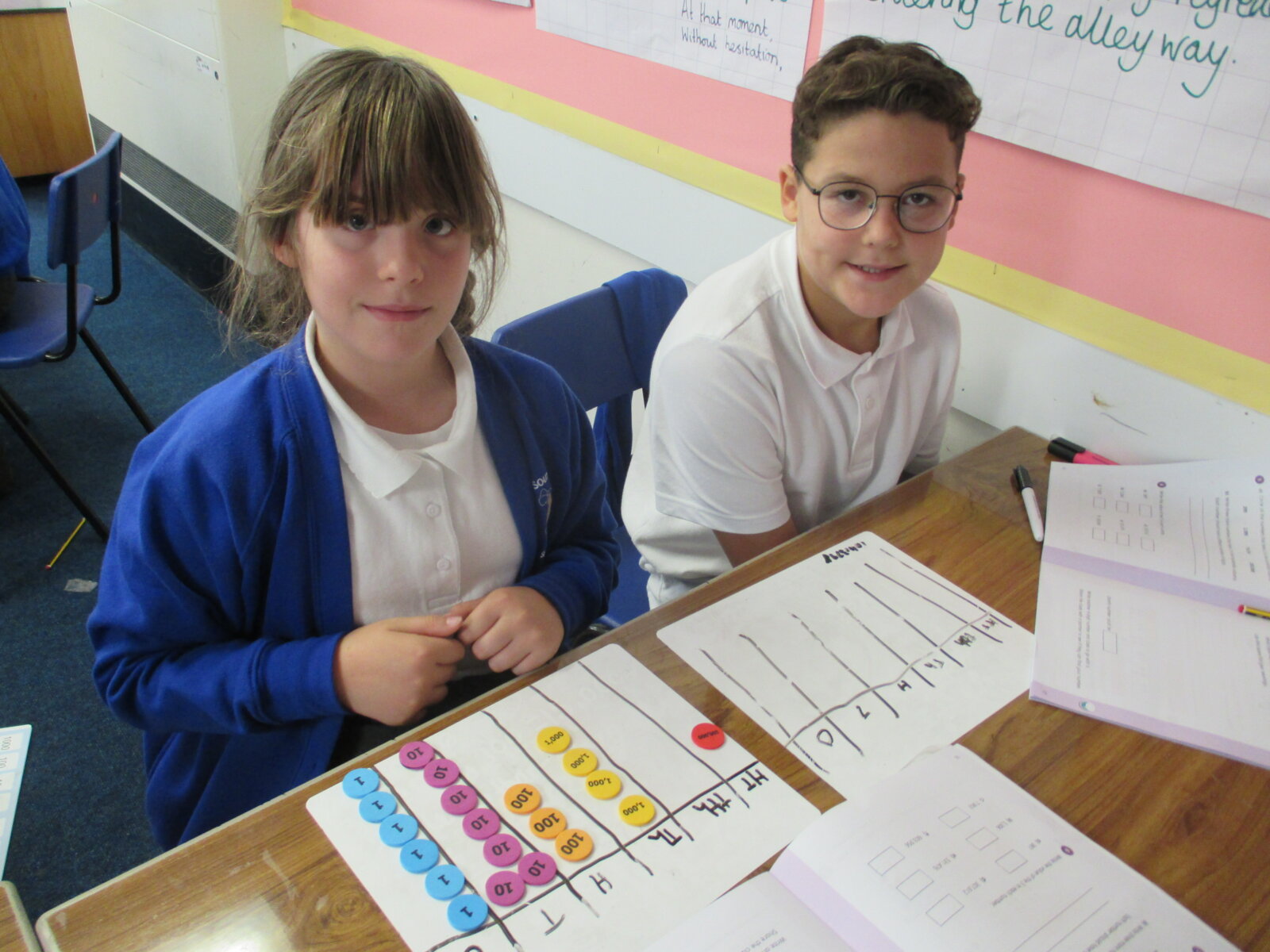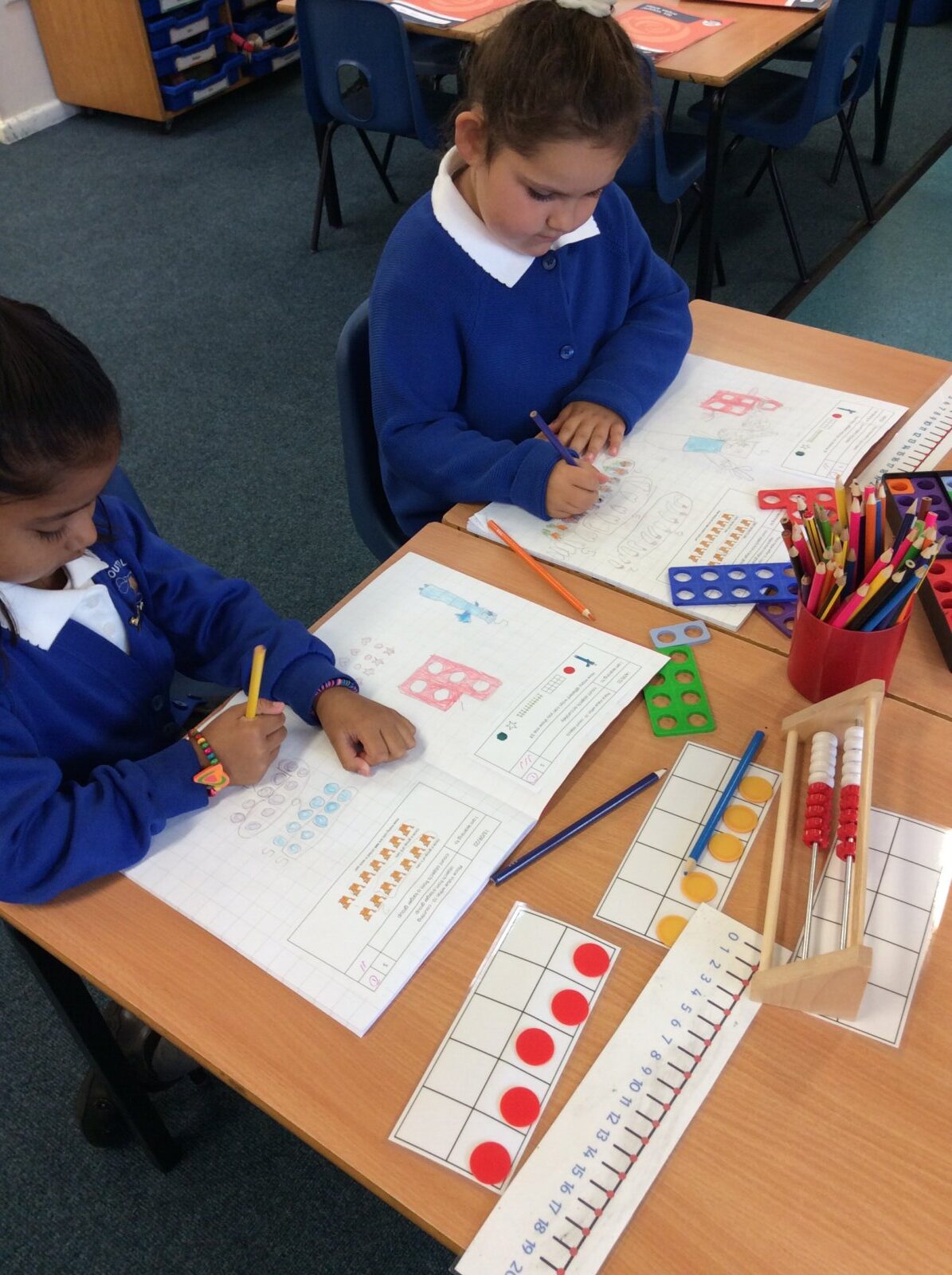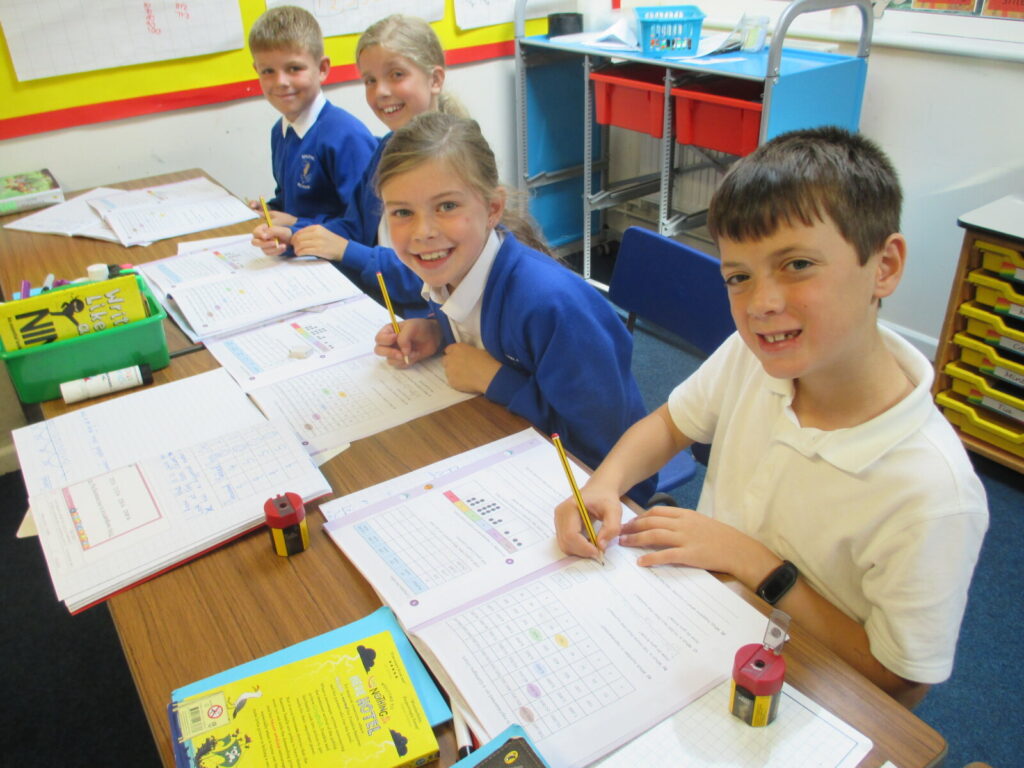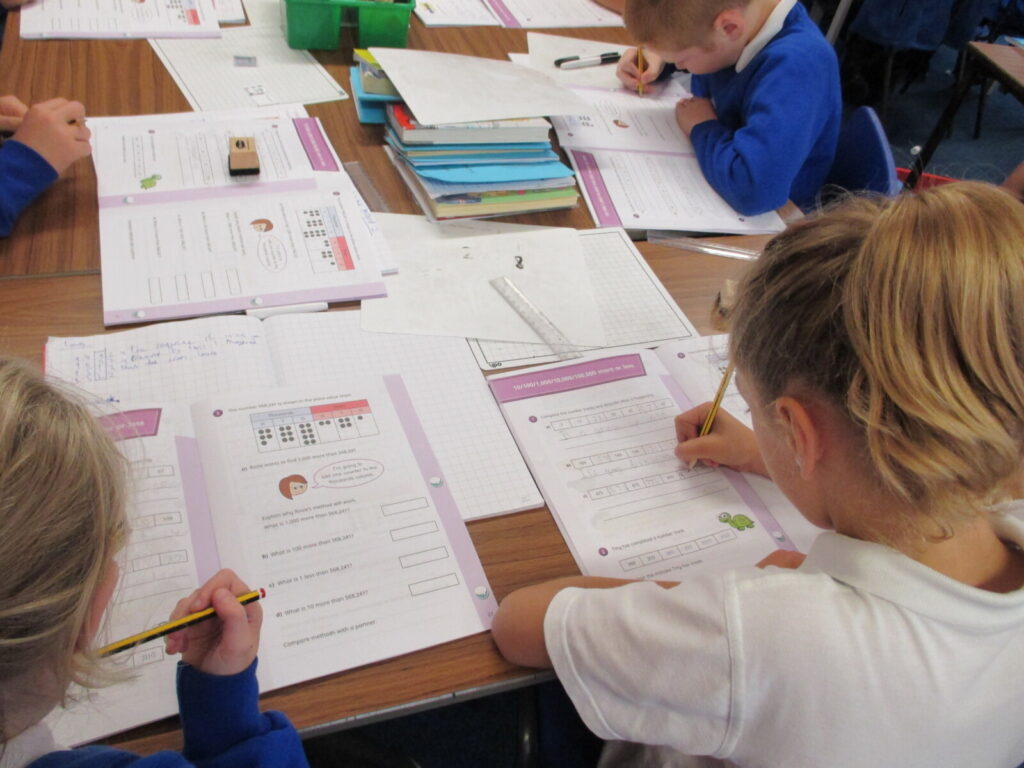“Maths gives us hope that every problem has a solution.”
At Southill children are taught maths every day using the White Rose maths scheme. This ensures content and progression of skills and knowledge across the school from our youngest mathematicians in Reception all the way to Year 6. We pride ourselves on delivering an engaging curriculum with the use of resources at the very heart of what we do. Every day children are challenged to solve a daily ‘problem’ which requires them to talk mathematically with their peers, link ideas and show their thinking.
Our maths curriculum places an emphasis on learning concepts through exploration and teaching children efficient methods of calculation. Practical resources are always available for the children who develop a strong independence in their learning as they move through the school.
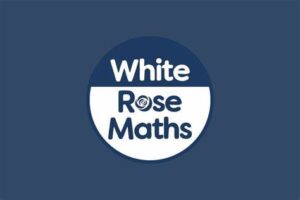
White Rose Maths Explained
What is so great about White Rose Maths?
Problem solving is at the heart of mathematics. The focus is not on rote procedures, rote memorisation or tedious calculations but on relational understanding. Pupils are encouraged to solve problems working with their core competencies, such as visualisation, generalisation and decision making through the exploration of manipulatives and recordings in their Journals.
At Southill we support all children to work through different stages of understanding and representation.
Concrete – children use concrete objects and manipulatives every lesson to help them understand, model and explain what they are doing.
Pictorial – children build upon the ‘concrete’ using pictorial representations, which can then be used to explain thinking, reason and problem solve. This can be seen in their individual journals.
Abstract – children can apply their understanding in a range of abstract concepts, such as word problems.
How are lessons taught?
Every day, children will have a 15minute arithmetic session. This will include times table practise.
Next the whole class complete their ‘Get Ready’ starter questions which helps them to refresh prior learning.
After that all children take a look at a mathematical problem in their Journal. This is where children are then encouraged to model, draw and explain their mathematical thinking independently. This involves using concrete resources to help them. This question is then explored further as a class with children contributing and building upon one another’s ideas.
Now its time for ‘Lets Learn’. This part of the lesson involves the teacher introducing a new skill or concept which is taught to the class. Children will look at the same concept in various different formats and will be exposed to mathematical vocabulary and the teacher will address any possible misconceptions .
This then leads onto the children completing their own workbooks. These tasks follow up the new learning and questions become progressively more challenging.
What impact will be seen in Maths?
Children will have a greater conceptual understanding of number and calculation. They will be able to visualise and represent concepts with increased confidence and accuracy.
Struggling learners will be fully supported through accessing concrete equipment and use of visual models to support understanding.
Confident learners will be challenged through exposure to unfamiliar problems, development of reasoning skills and by exploring multiple ways to manipulate numbers and solve problems. These can be seen in their journal challenges and in the workbook reasoning questions.
At Southill, our goal is to ensure that all children become confident mathematicians who can apply skills and knowledge in real life contexts.
